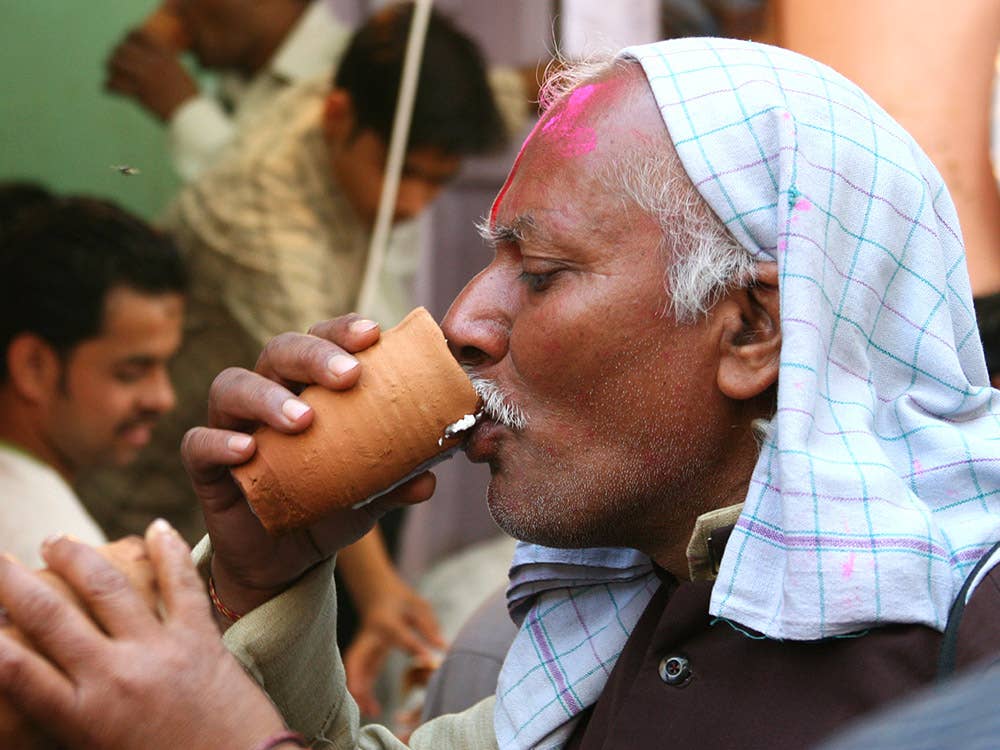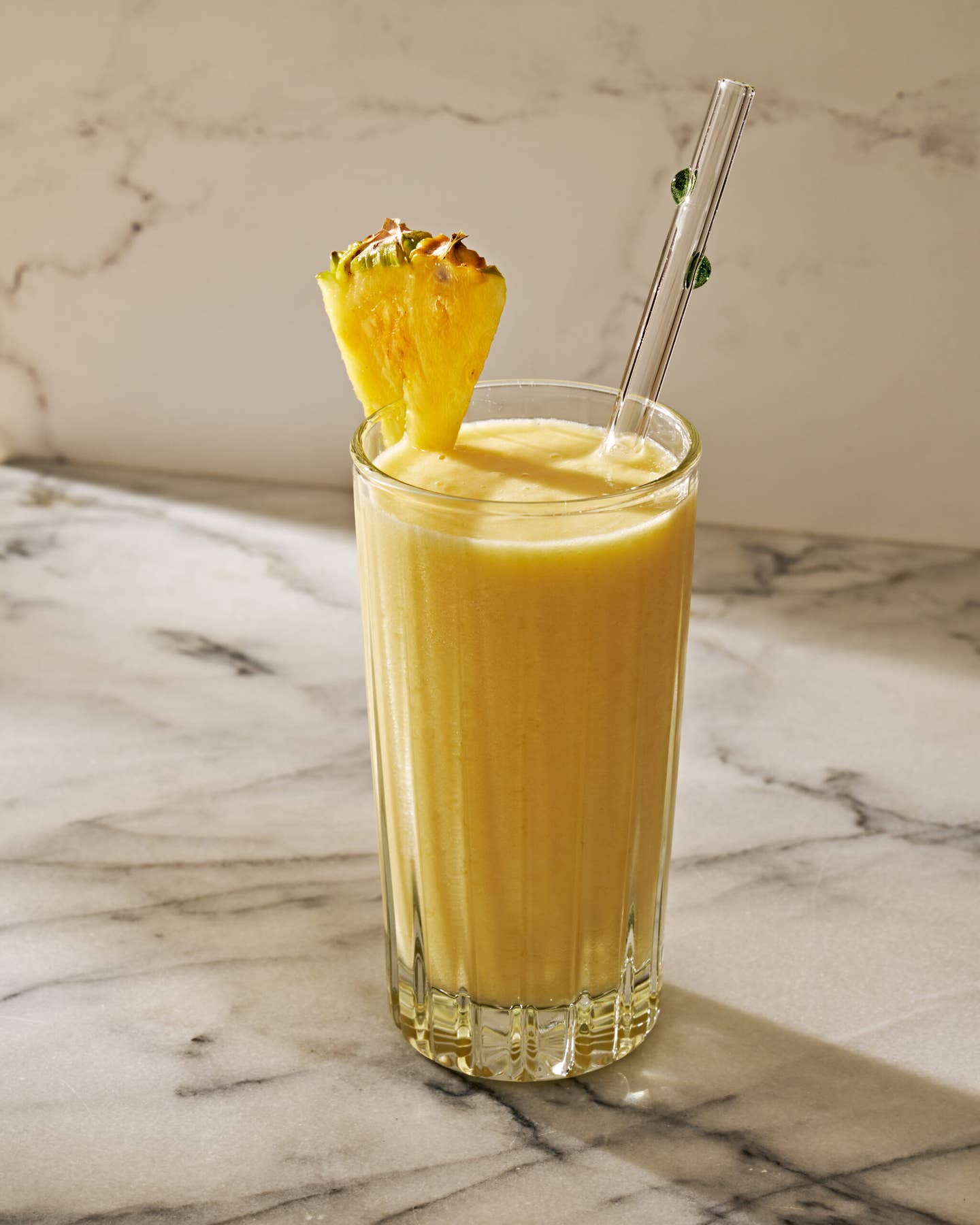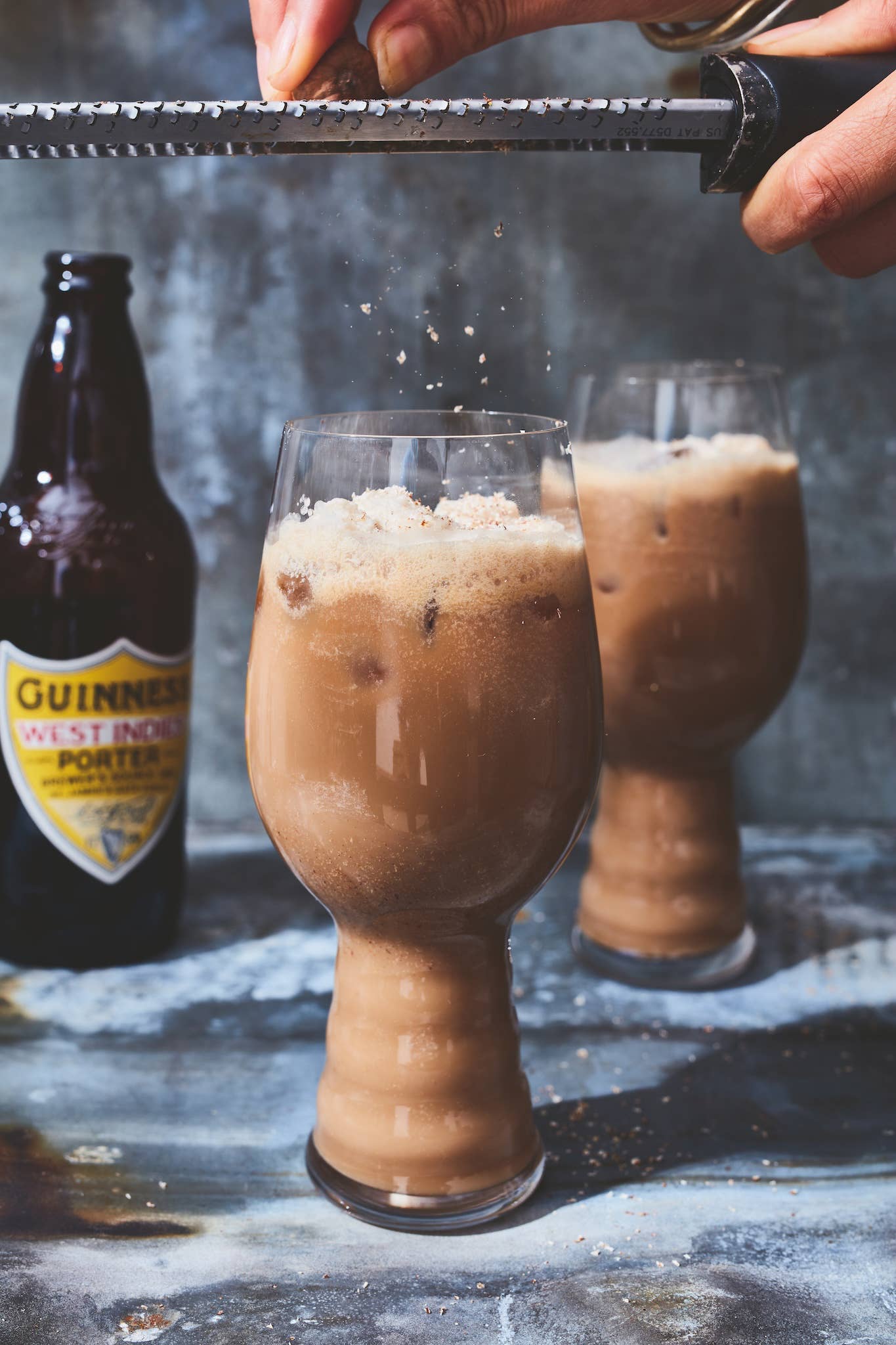
A Field Guide to the Great Wide World of Indian Lassi
Mango is only the beginning. How to make your own with mint, curry leaves, and even marijuana
During a scorching, 100-plus-degree summer in India, few drinks are more appealing than lassi (pronounced LUH-SEE, not LAA-SEE)—the refreshing, yogurt-based cooler originally from Punjab but now ubiquitous throughout the country. Lassi is incredibly easy to put together—start with yogurt, water, and ice blended in a 1:1:1 ratio, plus any flavorings—and a good way to get rid of yogurt that’s slightly past its expiration date, or those undesirable watery bits on the bottom of the container. As long as I can recollect, my dad has been making homemade yogurt, and my mother has been churning said yogurt into lassis of many varieties. It’s the ideal breakfast, snack, or post-dinner digestive aid—restorative, filling, and infinitely changeable.
The Basics
Lassi is divided into two categories—sweet and savory—but both start with a base of plain whole-milk yogurt (not Greek or skim!). Store-bought yogurt works perfectly fine, but fresh-tasting homemade yogurt is, of course, ideal, and surprisingly simple to make at home (my dad's version just involves boiling milk, cooling it slightly, and adding your culture—no special equipment or anything).
There are endless variations of lassi (and endless room for creativity), but these are some of the more common varieties you might find in Indian kitchens.
Sweet
Sweet Lassi: One of the most straightforward kinds of lassi, beloved by small children and adults alike—just blend in sugar to taste and you're all set.
Mango Lassi: Mango lassi has become the most well-known lassi variety in the U.S., made with either fresh mango (we recommend using the Ataulfo variety, which is so sweet that no additional sugar is required) or mango pulp, which can be purchased canned at any South Asian grocery store. Recently, other types of fruit lassis have popped up like strawberry and banana—not my or my father's speed, but probably very tasty.
Bhang (Weed) Lassi: This is actually a thing! Bits of cannabis ground into a fine paste are blended in with plain sweet lassi, sometimes with spices like cardamom or cinnamon. People drink bhang lassi most often during Holi (the Indian festival wherein people throw colored powder on each other), and can also be found as a prayer offering at many Shiv temples (dedicated to the destroyer god Shiva).
Savory
Salted Lassi: Just as straightforward as the sweet lassi, replacing the sugar with a pinch of salt for a drink that emphasizes the yogurt's twangy qualities.
Mint Lassi: Imagine a McDonald's Shamrock Shake, but fresher, saltier, and slightly less obnoxiously green. Mint lassi is incredibly refreshing, which makes it perfect for richer Indian dishes. And my dad will happily tell you that mint works wonders in the bathroom department.
Namkeen Lassi: This literally translates to "salted lassi," but typically, if you see "namkeen lassi" on a menu, it will be a salt lassi with black pepper and cumin. Black pepper is a match made in heaven with yogurt, giving its neutral flavor a bold, pleasant bite, while the cumin adds an almost grassy kick.
Sambharam (South Indian Lassi): The most complex of the savory lassi varieties, sambharam incorporates several quintessential ingredients in South Indian cooking—curry leaves, cilantro, asafetida, and green chilies. This tastes kind of like a chutney, but in a more refreshing drink form. It serves as a great standalone breakfast.
Two Other Lassi Variations to Try:
Mattha (pronounced like MUH-TAA): Mattha is real buttermilk—the watery liquid leftover from churning butter. Because it's so watery, it's almost always used in savory preparations (it'd be too thin to work with flavors like mango). The most common version involves frying mustard seeds and curry leaves in ghee (clarified butter), then stirring them into the yogurt water for a potent drink with a delicate pungency. In South India there's a variation called neer, which spices buttermilk with ingredients commonly found in sambaharam, such as green chiles, asafetida, and coriander.
Chaach (also known as Chaas): Chaach is the water that remains from straining yogurt, a.k.a. whey. It's sour and a little tangy, best enhanced with a simple pinch of salt or the same fried mustard seeds and curry leaves used to make mattha. Both chaach and mattha are seen as lighter, milder versions of a standard lassi—like a juice versus a smoothie.
Cool Off With These Lassi Recipes:
Priya Krishna is a freelance food writer and the author of Ultimate Dining Hall Hacks. Follow her on Twitter at @PKGourmet. Shailendra Krishna is her father and mango whisperer.
Keep Reading
Continue to Next Story










